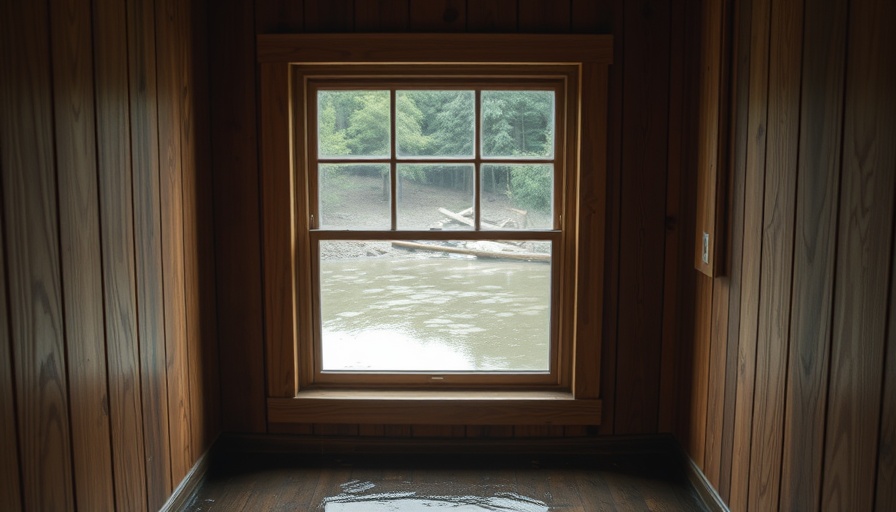
Window Wells: Your Home's Unsung Hero
Let’s talk about window wells. These humble spaces are more than just metal or plastic structures; they are the unsung heroes of your basement. Not only do they allow natural light to flood in, making your basement feel less like a dungeon and more like a cozy retreat, but they also support airflow, keeping humidity levels in check. However, a well-designed window well can quickly become a source of frustration when it floods. This article will help you understand how to keep your window wells dry, ensuring they continue to brighten your space and prevent costly water damage.
Why Do Window Wells Flood?
Understanding the reasons behind window well flooding is crucial for effective prevention. The causes can be broken down into a few key issues:
Blocked Drainage
Many modern window wells come equipped with drainage systems that connect to your home’s perimeter drain or sump pump. If leaves, dirt, or debris clog these drains, water will quickly back up, leading to potential flooding. Even window wells without drains can fill with water if debris blocking the bottom drain is not periodically cleaned out.
No Covers Equals More Problems
Leaving your window wells uncovered can invite not only rain and snow but also fallen leaves and even critters that can block drainage paths. An open well allows water to pool, creating an easy path to your home’s foundation.
Ground Slopes and Weather Challenges
If your landscape slopes towards your home, it can become a veritable water slide during heavy rains or rapid snow melts, directing water straight into your window wells. Additionally, with climate change leading to more extreme weather conditions, understanding these patterns is critical in planning your home maintenance.
Simple Solutions to Stop Window Well Flooding
Here are some manageable steps to effectively tackle window well flooding:
1. Install Window Well Covers
The most effective first step is to install a window well cover. A high-quality polycarbonate cover will ensure that while rain and debris stay out, natural light still floods into your basement. This simple addition significantly decreases the likelihood of your window wells flooding.
2. Regular Drain Maintenance
You don’t need to be a contractor to keep your window wells functioning. Checking and clearing out your window well drain every few seasons is straightforward. With a cover installed, this task is even easier, as the cover helps limit debris accumulation.
3. Inspect and Clear Downspouts and Gutters
Overflowing gutters can rapidly escalate the flooding risk. Regularly check your downspouts during heavy rain and inspect for blockages. A good practice is to check your gutters for buildup and clean them out. Overgrown foliage in your gutters is another sure sign that it’s time for cleaning.
The Bigger Picture: Impact on Home Maintenance
Taking action against window well flooding does more than protect your basement; it maintains your home's overall integrity. Flooding can lead to issues like mold growth and structural damage, significantly affecting your home’s value. Regular upkeep, including those small steps outlined above, helps you avoid costly repairs down the road.
Call to Action: Ensure Your Home Stays Dry
Don’t let window well flooding disrupt your living space. Start implementing these tips today to keep your basement window wells dry, bright, and welcoming. The time you spend now on preventative maintenance will pay off in the peace of mind and comfort of your home. Make your basement a place you want to retreat to, not one you dread!
 Add Row
Add Row  Add
Add 




Write A Comment